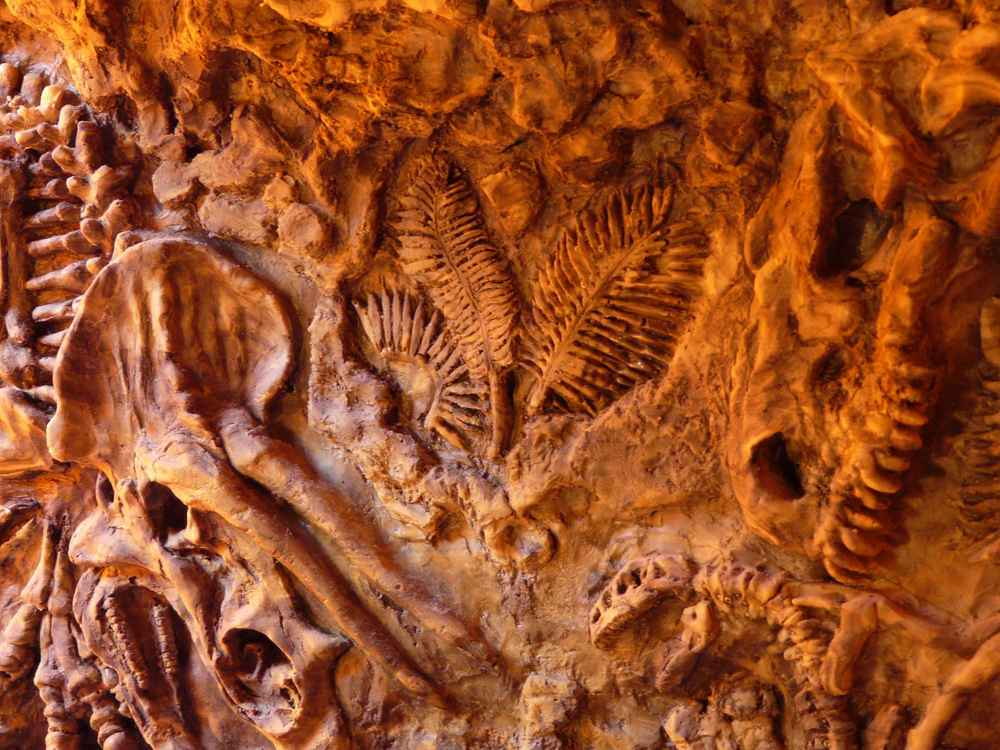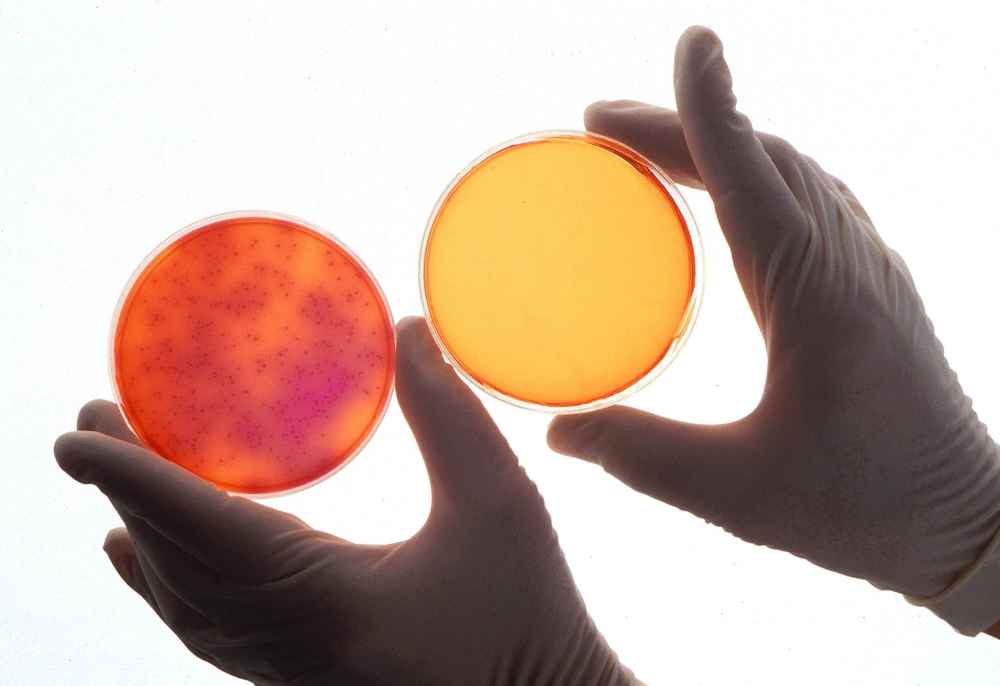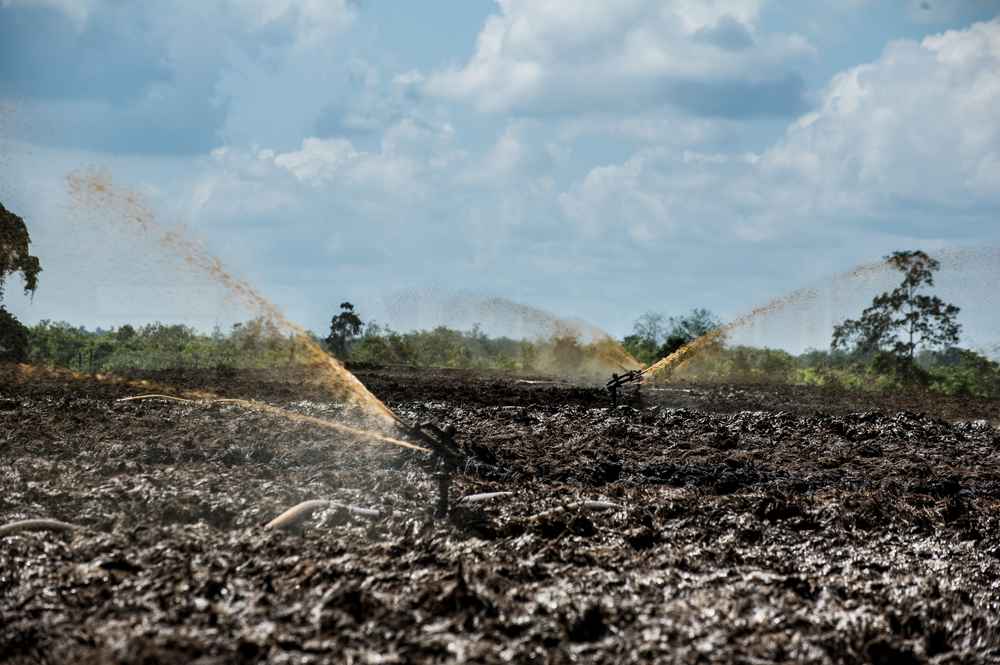The Science 4
The Future of Oil Palm is a Billion Year Old Technology.

Thousands of different types of bacteria exist everywhere in our world. Most of them carry out bacterial organic digestion in some way. However, some of them are found only in a particular environment, require specialized types of food, and/or have very unique biological roles (niches). Process One is a proprietary blend of the best strains of microbes concocted in a special way to get the maximum results for the highly specialised oil palm environment.
A bacteria is a single cell life form - each individual cell is a separate, unique organism. Bacteria often grow into colonies that appear as jelly-like masses, but each cell remains independent. Bacteria reproduce by a process called cell division. A mature bacteria reproduces by dividing into two cells, each identical to each other and the parent bacteria. Under ideal conditions, bacteria can reproduce very rapidly, producing a new generation every 20 to 30 minutes.

Following this reproduction process, we see that the number of individual bacteria doubles with each generation. The population explodes as the number of organisms increases logarithmically. This population boom begins soon after the bacteria is introduced into a favorable environment, after a short lag time when the bacteria becomes acclimated to the new conditions.
Obviously, this population cannot increase forever. At some point, the food source will be depleted, waste products will accumulate, or some other change may happen in the environment. A change in pH, temperature, or oxygen content of the environment can cause the population to level off or decrease. Introduction of poisons such as pesticides and competition from other types of bacteria may also have negative effects on the population.
Bacteria can be classified into different types :- Aerobes which require oxygen to live. - Anaerobes which can live without oxygen.- Facultative types can thrive under both aerobic and anaerobic conditions.

In Process One, we have identified several beneficial characteristics that we want our chosen bacteria to have.
The characteristics of "good" bacteria must:
- consume (digest) a wide variety of organic material that are present in mill waste.
- digest waste quickly and completely, without producing significant odors or noxious gases.
- not cause any disease in man or animals - they must be non-pathogenic.
- grow and reproduce quickly and readily in the difficult environmental conditions often found in waste disposal systems.
Certain bacteria belonging to the Bacillus species have these desirable characteristics. They consume organic waste thousands of times faster than the bacteria that are naturally present in the waste. They grow and reproduce easily, are non- pathogenic, and do not produce foul odors or gases as they digest waste.
These "good" bacteria are cultured (grown by artificial means) on liquid or dry nutrient medium. These cultured bacteria are induced to sporulate to put them in a state of suspended animation. They remain dormant, ready to eat and reproduce as soon as they are activated (rehydrated) and put into the proper environment.

The proper environment needed for rapid growth and reproduction of these good bacteria must have these characteristics:
- A water medium containing food (organic waste).
- Dissolved oxygen (for the aerobic types that require it) in sufficient quantities.
- Proper pH -- neither too acidic nor too alkaline -- between 6 and 9 on the pH scale.
- A temperature range between 25°C and 69°C.